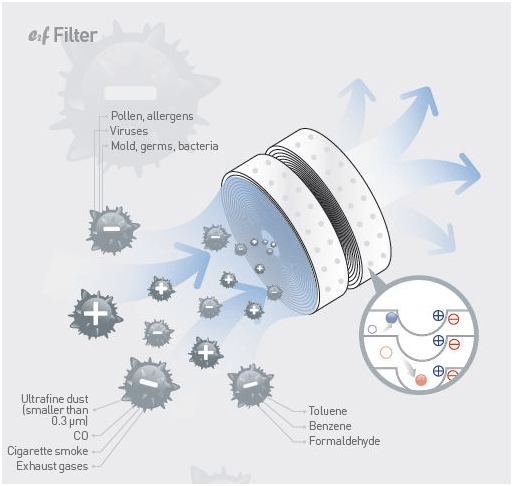The Future Of Home Home Heating - How Heat Pump Innovation Is Developing
The Future Of Home Home Heating - How Heat Pump Innovation Is Developing
Blog Article
Article By-Dugan Ringgaard
Heatpump will certainly be a critical innovation for decarbonising heating. In a circumstance regular with federal governments' introduced power and climate commitments, their worldwide capability increases by 2030, while their share in home heating rises to one-quarter.
They function best in well-insulated homes and count on electricity, which can be supplied from a renewable power grid. Technical developments are making them more reliable, smarter and cheaper.
Fuel Cells
Heatpump use a compressor, refrigerant, coils and followers to move the air and warmth in homes and devices. They can be powered by solar energy or power from the grid. They have been acquiring popularity as a result of their affordable, quiet operation and the ability to create power throughout peak power need.
Some companies, like IdaTech and BG MicroGen, are working on fuel cells for home heating. These microgenerators can replace a gas boiler and generate a few of a house's electric needs with a link to the electrical energy grid for the rest.
Yet there are factors to be doubtful of using hydrogen for home heating, Rosenow says. It would certainly be expensive and ineffective contrasted to various other technologies, and it would certainly add to carbon exhausts.
Smart and Connected Technologies
Smart home modern technology permits home owners to attach and regulate their devices from another location with making use of smart device apps. As an example, wise thermostats can learn your home heating preferences and immediately adapt to maximize energy consumption. Smart illumination systems can be regulated with voice commands and immediately shut off lights when you leave the space, lowering energy waste. And clever plugs can check and manage your electrical use, allowing you to identify and restrict energy-hungry appliances.
The tech-savvy household illustrated in Carina's interview is a great picture of exactly how residents reconfigure space heating practices in the light of brand-new wise home innovations. They depend on the devices' automated functions to accomplish daily modifications and concern them as a convenient means of performing their home heating techniques. Thus, they see no factor to adapt their techniques additionally in order to allow flexibility in their home power demand, and interventions targeting at doing so might face resistance from these households.
Power
Because warming homes represent 13% of US discharges, a button to cleaner choices might make a big difference. Yet the modern technology deals with obstacles: It's costly and requires extensive home renovations. And it's not always suitable with renewable resource sources, such as solar and wind.
Until just recently, https://www.bobvila.com/articles/how-often-to-replace-air-filter/ were as well costly to compete with gas versions in many markets. Yet new advancements in design and products are making them extra cost effective. And better chilly climate performance is enabling them to function well even in subzero temperature levels.
The following step in decarbonising home heating might be making use of warmth networks, which attract warmth from a main source, such as a neighboring river or sea inlet, and disperse it to a network of homes or structures. That would certainly minimize carbon exhausts and permit houses to make use of renewable energy, such as green electrical energy from a grid provided by renewables. https://www.duluthnewstribune.com/newsmd/no-air-conditioning-get-tips-on-how-to-handle-extreme-heat would be less costly than switching to hydrogen, a nonrenewable fuel source that calls for new facilities and would only reduce CO2 discharges by 5 percent if coupled with improved home insulation.
Renewable resource
As electricity prices drop, we're beginning to see the very same pattern in home heating that has actually driven electrical automobiles right into the mainstream-- yet at an also faster speed. The strong climate instance for electrifying homes has actually been pushed better by brand-new research study.
Renewables represent a substantial share of contemporary warmth consumption, however have been provided limited policy attention globally contrasted to other end-use markets-- and also much less interest than electricity has. In part, this shows a mix of customer inertia, divided incentives and, in several countries, subsidies for nonrenewable fuel sources.
New technologies could make the shift simpler. For example, heatpump can be made more energy efficient by replacing old R-22 cooling agents with new ones that do not have the high GWPs of their precursors. Some experts likewise picture district systems that draw heat from a nearby river or sea inlet, like a Norwegian arm. The warm water can then be made use of for heating & cooling in a community.